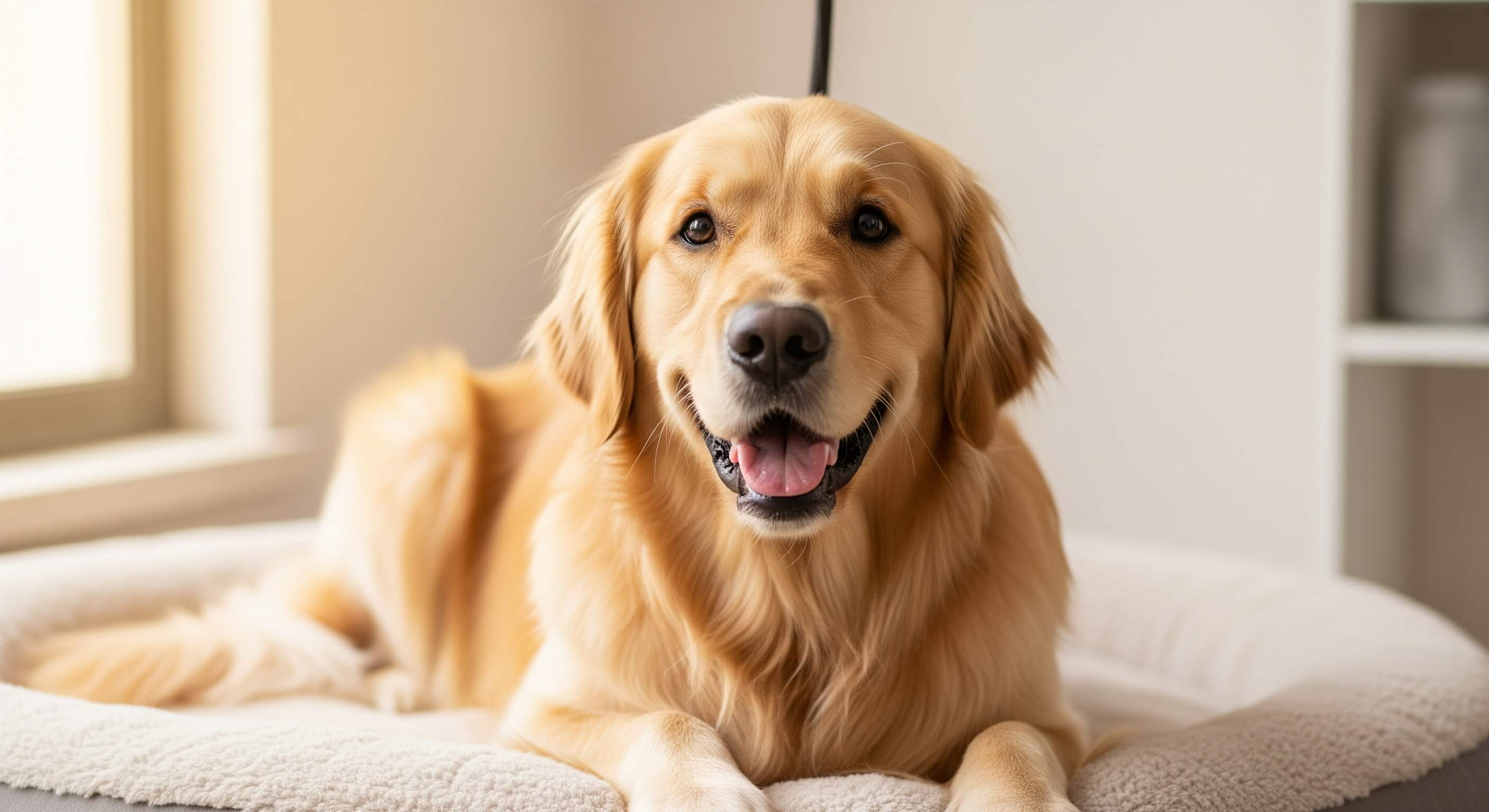If you’re a pet parent, you’ve probably noticed your dog acts a little different after a grooming session. But what exactly is going on behind those puppy eyes? Let’s explore how dogs feel after grooming and how you can make the experience better for your furry friend.
Why Do Dogs Act Different After Grooming?
Grooming can be a mixed bag for dogs—some love the attention, while others find it stressful. The unfamiliar smells, sounds of clippers, and even new sensations can make your dog feel uneasy or tired.
"After our poodle's first grooming, she seemed shy and avoided cuddles for a bit, but after a few hours, she was back to her happy, tail-wagging self." — Emily, dog mom
Common Dog Behavior After Grooming
- Excitement and playfulness: Some dogs feel refreshed and energized, enjoying their clean coat.
- Anxiety or stress signs: Whining, pacing, hiding, or shaking may show grooming stress.
- Tiredness: Grooming can be mentally and physically exhausting, leading to naps afterward.
- Increased affection: Many dogs seek comfort and closeness post-grooming.
Signs Your Dog Is Happy After Grooming
- Wagging tail and relaxed body language
- Seeking petting or cuddles
- Normal appetite and playful behavior
- Bright eyes and alertness
Signs of Dog Grooming Stress to Watch For
- Excessive licking or scratching
- Whining or growling
- Shaking or trembling
- Avoidance or hiding behavior
Vet-Approved Tips to Help Your Dog Relax After Grooming
- Create a calm environment: Soft lighting, quiet music, and a cozy space help your dog decompress.
- Offer treats and praise: Positive reinforcement eases stress and builds trust.
- Massage and gentle petting: Helps relieve tension and promotes bonding.
- Provide favorite toys or blankets: Familiar items offer comfort and security.
- Keep grooming sessions consistent: Regular, gentle grooming reduces anxiety over time.
Do’s and Don’ts of Post-Grooming Care
✅ Do’s:
- Observe your dog for any signs of discomfort or stress.
- Give plenty of love, patience, and reassurance.
- Schedule grooming at times when your dog is naturally calm.
- Use vet-approved grooming products to avoid skin irritation.
❌ Don’ts:
- Don’t force interaction if your dog wants space.
- Avoid sudden loud noises or hectic environments post-grooming.
- Don’t neglect signs of skin issues or discomfort—contact your vet if concerned.
- Avoid long gaps between grooming sessions which can increase anxiety.
How Grooming Affects Your Dog’s Mental Health
Regular grooming isn’t just about looks—it can improve your dog’s overall well-being. Clean skin and fur reduce infections, while gentle handling helps build confidence and trust. On the flip side, rough or infrequent grooming may contribute to anxiety or discomfort.
Summary
Understanding how dogs feel after grooming helps you support them better. Whether your dog is playful, tired, or a little nervous, gentle care and patience go a long way. Use these vet-approved tips to make grooming a positive, stress-free experience for your beloved companion.
Frequently Asked Questions (FAQs)
1. How long does it take for a dog to calm down after grooming?
2. Why does my dog shake after grooming?
3. Can grooming improve my dog’s behavior?
4. What are the signs of grooming-related stress?
5. How can I make grooming less stressful for my dog?

About SniffnTail
SniffnTail is your go-to destination for everything pets. From helpful advice, tips, and insights to thoughtfully selected products and resources, we’re here to support pet owners at every stage of their journey. Whether you're caring for a playful pup, a wise old cat, or anything in between, SniffnTail offers tools and knowledge to make pet parenting easier and more joyful.
Related Articles
 Health & Wellness • 12 min read
Health & Wellness • 12 min readHow To Reduce Dog Shedding: 10 Expert-Backed Tips for a Healthier Coat & Cleaner Home
Stop worrying about dog hair! Discover 10 veterinarian-backed and expert-approved tips to drastically reduce dog shedding, improve coat health, and keep your home cleaner. Learn about diet, grooming, medical causes, and more.
 Health & Wellness • 6 min read
Health & Wellness • 6 min read10 Signs Your Dog Is Healthy: A Vet-Approved Guide for Pet Parents
Discover the top 10 signs that show your dog is healthy and thriving. Learn expert tips on what to watch for to keep your furry friend happy and well.
 Health & Wellness • 5 mins Read
Health & Wellness • 5 mins ReadDeworming for Dogs: What Every Pet Parent Needs to Know
Worms are tiny, but they can lead to huge issues for our furry friends. Deworming your dog is not merely a part of common pet maintenance—it's vital for long-term health and well-being. In this article, we'll dissect everything you should know regarding deworming for dogs: the various kinds of worms, how testing is done, best schedules, a quick checklist, and how to avoid future infections.

